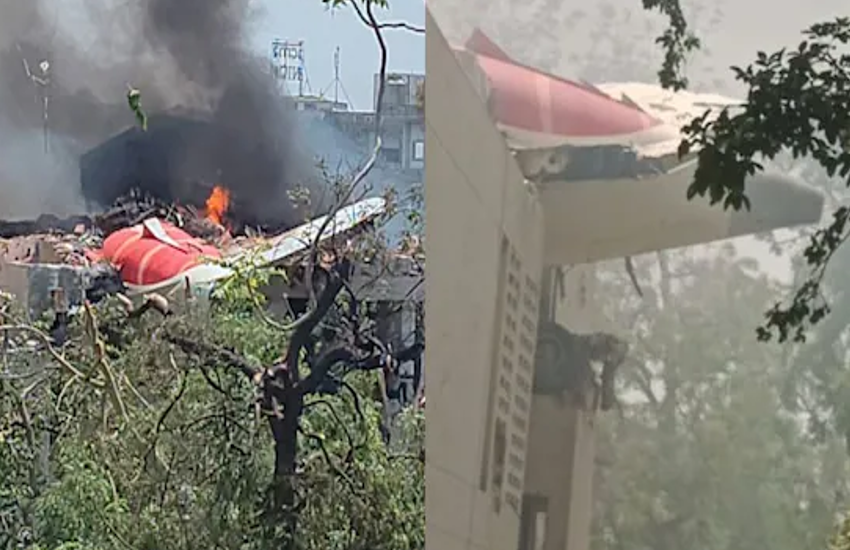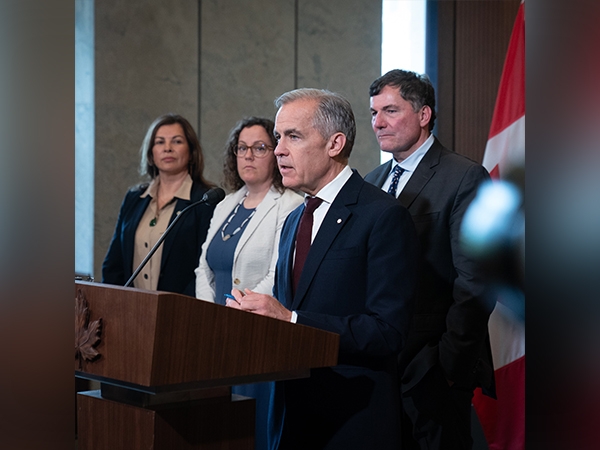Sagarmala project: why India needs to revitalise its shipping gateways

The history
- The Sagarmala project was mooted by the Vajpayee govt in 2003, but shelved by the UPA
- It was supposed to be the shipping equivalent of the Golden Quadrilateral, which revived India\'s roads
The revival
- On 15 August 2014, PM Narendra Modi announced a revival of the project
- Shipping minister Nitin Gadkari says the govt will spend Rs 70,000 crore on a heavily revised project
More in the story
- How Sagarmala can help realise India\'s tremendous shipping potential
- The govt\'s plan to build infrastructure around the ports, and why it makes sense
On 5 October, Union minister for shipping Nitin Gadkari announced that the government would spend Rs 70,000 crore on the Sagarmala project.
This project, a brainchild of Atal Bihari Vajpayee's NDA government, had been given the cold shoulder by Manmohan Singh's UPA administrations. But Prime Minister Narendra Modi announced its relaunch in his Independence Day speech last year, and now, there's finally been some movement on the matter.
The project is important for one simple reason: around 90% of India's foreign trade passes through sea ports, amounting to 75% of the total trade value.
With Sagarmala, the government hopes to modernise India's ports and islands, and help set up coastal economic zones and fishing harbours.
The plan is to refurbish 12 sea ports around the country, and develop new ones as well. In the current fiscal year, 30 projects are set to be developed, at a cost of Rs 14,226 crore.
What is the significance?
In 2003, the Vajpayee government announced a Rs 1 lakh crore project to expand and modernise ports along India's 7,500 km-long coastline. Sagarmala was supposed to do for the shipping sector what the Golden Quadrilateral did for the roads - revitalise it.
Modi announced the revival of the project on 15 August 2014. However, there are several changes to the project from 2003.
The Sagarmala project is a plan to refurbish ports and build infrastructure on the coastline
It was then supposed to follow a public-private partnership model, with around 85% of the investment coming from the private sector. Now, though, the government looks like it'll foot a large portion of the bill.
At present, the intent is to develop ports and shipyards in coastal areas, as well as inland waterways. There is also a plan to improve the connectivity of the ports to the hinterland through the road and rail networks.
More than just ports
The project has mostly garnered support, with economists believing that Sagarmala will provide employment to communities that have so far been marginalised with a city-centric approach to development.
In an interview, Gadkari had said: "We will be pushing for building townships around the ports, where there would be low-cost affordable housing."
A key aim of the project is to establish Coastal Economic Regions (CER), which would develop the areas around the ports too.
For example, it would make sense for the area around the ports to include a base for recycling used car parts and developing new ones for export, in order to capitalise on their rich trade potential.
CERs would thus become focal points for economic development along the coastline. Ports can then fulfill their potential as economic hubs of wider regions, which is similar to the role major ports play in industrialised countries.
Tremendous potential
There's no doubt that the sector has tremendous untapped potential.
According to the Indian National Shipowners' Association (INSA), only 9.1% of India's merchandise trade is carried out on Indian vessels. This means the country's shipping industry is losing out heavily to foreign vessels.
India faces stiff competition from other countries in the shipping lanes, simply because it has swung into action much later than China, Myanmar and the Philippines.
The country is also yet to tap its potential in terms of deep-water ports, transhipment hubs as well as oil and gas nodes.
Inland waterways is another thing the government is very keen on developing. It is estimated that one litre of fuel can move 24 tonnes of cargo over one kilometre by road. The corresponding figure for rail is 85 tonnes, while that for inland waterways is a whopping 105 tonnes.
In other words, it would be four times cheaper to transport cargo over inland waterways rather than by road.
Centre-state conflict
So far, the Centre and states have pursued port development in their own separate, often haphazard ways. Red tape, in the form of the involvement of multiple government agencies, is certainly a deterrent for private players.
Sagarmala, on the other hand, seeks to allow the Centre to have a major say in the management of the ports, without having to battle with state governments for jurisdiction.
Broadly, India's ports can be classified into two categories: major ports, controlled by the Centre, and non-major ports, handled by state governments.
Both kinds, however, suffer from the same problem: a lack of infrastructure for handling large cargo. This leads to a severe hike in transportation costs, resulting in a lack of profitability.
But won't the states resist if the Centre takes over all the ports? They would, but for the fact that the Centre doesn't plan to completely sideline them.
While the ports themselves will come under the Centre, the other developments that make up the CERs will remain under the states' control.
Many experts feel this may be one of the few flaws in the plan, since it would simply lead from one kind of Centre-state conflict to another.
Will it be implemented this time?
It's a matter of concern that the project may die out again like last time. Although Gadkari did say it was already being worked on, no timeline has been put in place.
Sources in the shipping ministry did not wish to comment on the progress of Sagarmala, but did say that there was positive sentiment and support from private industries.
Why it could work this time, though, is that it may have special significance to the Prime Minister himself. After all, the port-based industrial parks that Modi oversaw as CM of Gujarat were a reasonable success, which he would want to replicate on the national stage.
First published: 8 October 2015, 9:21 IST






![BJP's Kapil Mishra recreates Shankar Mahadevan’s ‘Breathless’ song to highlight Delhi pollution [WATCH] BJP's Kapil Mishra recreates Shankar Mahadevan’s ‘Breathless’ song to highlight Delhi pollution [WATCH]](https://images.catchnews.com/upload/2022/11/03/kapil-mishra_240884_300x172.png)

![Anupam Kher shares pictures of his toned body on 67th birthday [MUST SEE] Anupam Kher shares pictures of his toned body on 67th birthday [MUST SEE]](https://images.catchnews.com/upload/2022/03/07/Anupam_kher_231145_300x172.jpg)






